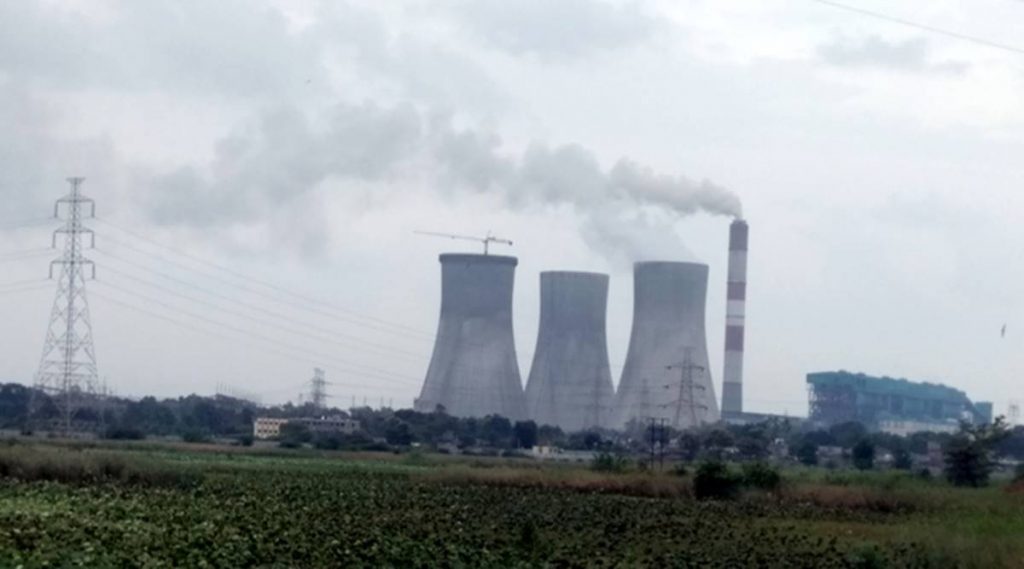
Maharashtra is the first state to launch Climate Action Plans for two megacities, i.e., Mumbai and Pune, and will now set sight onto its winter capital, Nagpur.
Nagpur: After launching the climate action plan for Mumbai in 2021, the Maharashtra Environment & Climate Change Ministry has begun reviewing critical strategies for a climate-resilient Nagpur.
State Environment Minister Aaditya Thackeray on Thursday held a review meeting with the Nagpur district collector R Vimala, senior officials from the Environment and Climate Change Department, Maharashtra Pollution Control Board and environmental think tanks Shakti Foundation and Vasudha Foundation.
“Nagpur contributes to a significant amount Maharashtra’s energy generation, and hence needs climate-sensitive strategies to ensure that this happens in a responsible manner.” said Aaditya Thackeray, Cabinet Minister (Environment, Tourism & Protocol), Maharashtra, adding, “Policy intervention through our Majhi Vasundhara programme, electric vehicle adoption, reducing carbon footprint, improving air quality and most importantly citizen participation were identified as actionable strategies during Thursday’s review meeting.”
According to the preliminary greenhouse gas (GHG) inventory and climate action plan roadmap presented by Vasudha Foundation on Thursday, key issues included emissions from six thermal power plants in the Nagpur area, heat stress, water scarcity, air pollution, fugitive emissions from coal mining, transportation, forest cover loss, and waste management.
Economy-wide GHG emissions have increased tenfold between 2005 and 2019, with a projected 348 percent increase from 2015 to 2030. The emissions profile also reveals that, up to 2019, energy sector emissions (mainly from thermal power plants) were 54.2 million tonnes carbon dioxide equivalent (Mt CO2e), which are expected to climb to 126.2 Mt CO2e if no action is taken. Meanwhile, the GHG inventory revealed that other sectors’ emissions were not as significant as the energy sectors.
The Minister said that an examination of statewide policies that cut across sectors had already resulted in a decrease of 13.4 Mt of CO2e. “There are 11 policies related to energy, 13 policies related to agriculture, animals, and forests, and 15 policies related to waste. However, we still have a long way to go” Thackeray said. He further added, “We are proposing swift adoption of sustainable agricultural practices, promoting renewable and alternative energy sources, increasing green cover, promoting electric mobility, public transportation, and non-motorized transportation, and imposing new curbs on industries, particularly coal-fired power generation. For instance, we are ensuring that EVs in the state will be powered by non-conventional sources of energy.”
Meanwhile, a discussion with local residents and researchers on environmental concerns surrounding the Koradi and Khaparkheda thermal power plants preceded Thursday’s review meeting.
To achieve pollution abatement throughout thermal power plants as soon as possible, the Minister has requested a list of crucial interventions from Maharashtra State Power Generation Company (MAHAGENCO), Maharashtra Pollution Control Board (MPCB), and researchers. “A proposed plan of action is now being developed. The state is considering measures for reducing pollution in the Nagpur region keeping in mind the health and safety of local citizens,” Thackeray added.
Alongside Mumbai and Nagpur, Thackeray has already initiated climate action plans for Pune and Aurangabad.
























